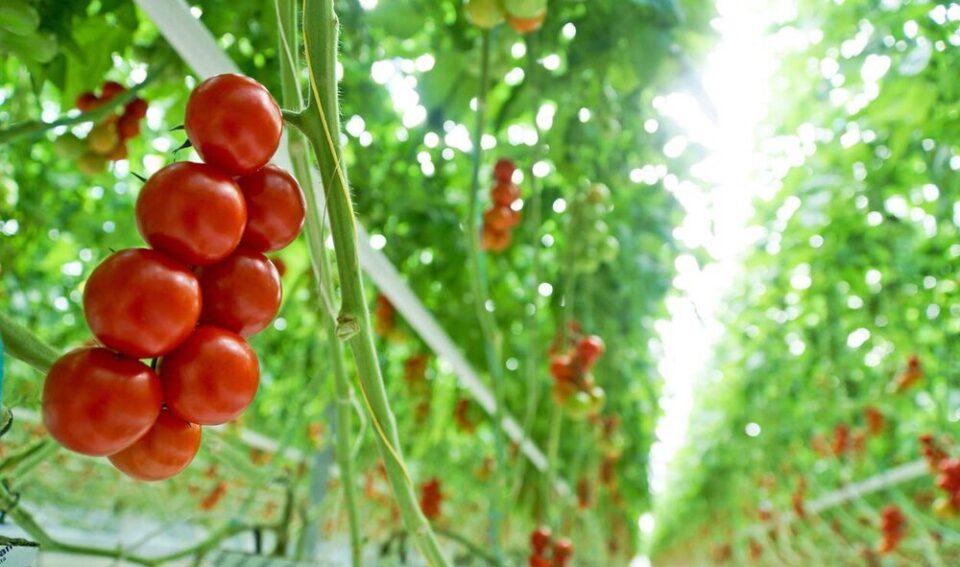During a meeting where European member states provided updates on their market situations, the Netherlands recently signalled a return to normalcy in tomato cultivation. Summer production was nearly back to standard levels following challenges from viruses and energy costs. With lighting back in use this winter, the Netherlands expects to produce 180,000 tons of tomatoes. Of this, 70% will be vine tomatoes, while the remaining 30% will be cherry and smaller-sized tomatoes.
The forecast of 180,000 tons marks a significant increase compared to recent years: 80,000 tons in 2023/2024, 40,000 tons in 2022/2023, 80,000 tons in 2021/2022, 160,000 tons in 2020/2021, and 150,000 tons in 2019/2020.
According FreshPlaza, Belgium also reports winter cultivation but does not anticipate growth compared to last year. Similarly, Poland expects no increase in winter tomato production, focusing primarily on pink tomatoes, a niche with limited competition. Polish producers hope the market stabilizes following a season of heightened competition from Turkish pink tomatoes.
Read also: Fruits & Vegetable Prices in Russia Hit Records – This Is Just the Beginning
In Spain, winter tomato production is expected to be slightly lower than last year, even before recent storms. Despite reduced acreage, adopting higher-yield, resilient varieties could mitigate losses. Spain projects just under 1.3 million tons of tomatoes this winter. However, concerns remain over rising production costs, water scarcity, climate challenges, and increased competition from non-EU countries.
France and other EU countries are closely monitoring competition from Morocco. Rising costs remain a concern across the board. In Poland, labor costs rose by 21% due to an increased minimum wage, although energy costs (-18%), coal (-17%), and CO2 (-9%) fell between weeks 14 and 35 compared to last year.
Summer production highlights
Poland saw up to a 50% increase in production due to favorable weather and resilient varieties, though high import competition drove prices down.
Spain experienced a 23% drop in acreage, primarily in Andalusia, leading to a 358,000-ton reduction in production. Despite this, lower-than-average prices stimulated consumption, with increased imports from the Netherlands and Belgium.
The Netherlands estimated summer production at 710,000 tons. However, specialties remain vulnerable due to a lack of resistance to the ToBRFV virus. New resistant varieties yielded 7% less due to suboptimal cultivation strategies and a dark spring.
Italy faced challenges with pests and high temperatures, leading to disappointing production levels. Small farms are struggling, and domestic demand is not being met. Italy is looking toward salt-tolerant varieties and high-tech greenhouses with LED lighting.
France produced 477,000 tons of tomatoes, slightly above 2023 levels, despite another challenging spring. Competition from Moroccan tomatoes, especially in the cherry segment, is now a year-round issue.
The use of the site materials is free if there is a direct and open for search engines hyperlink to a specific publication of the East-Fruit.com website.




